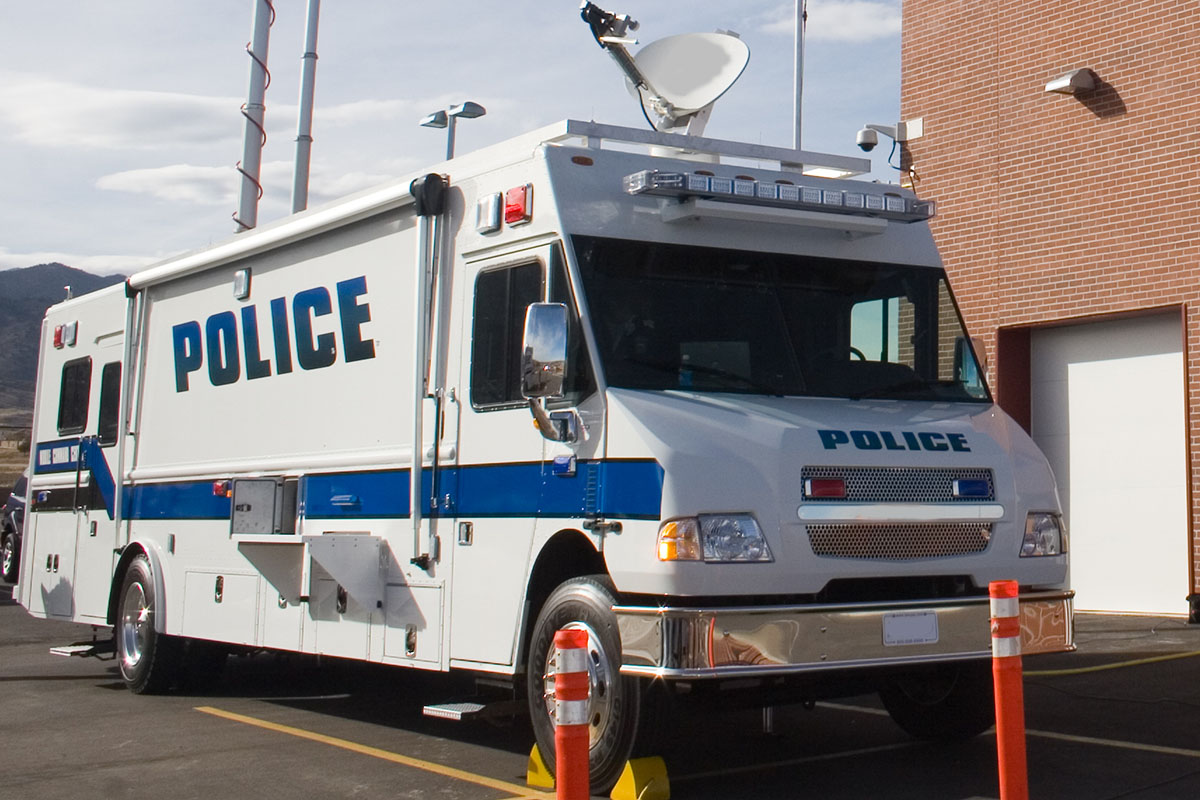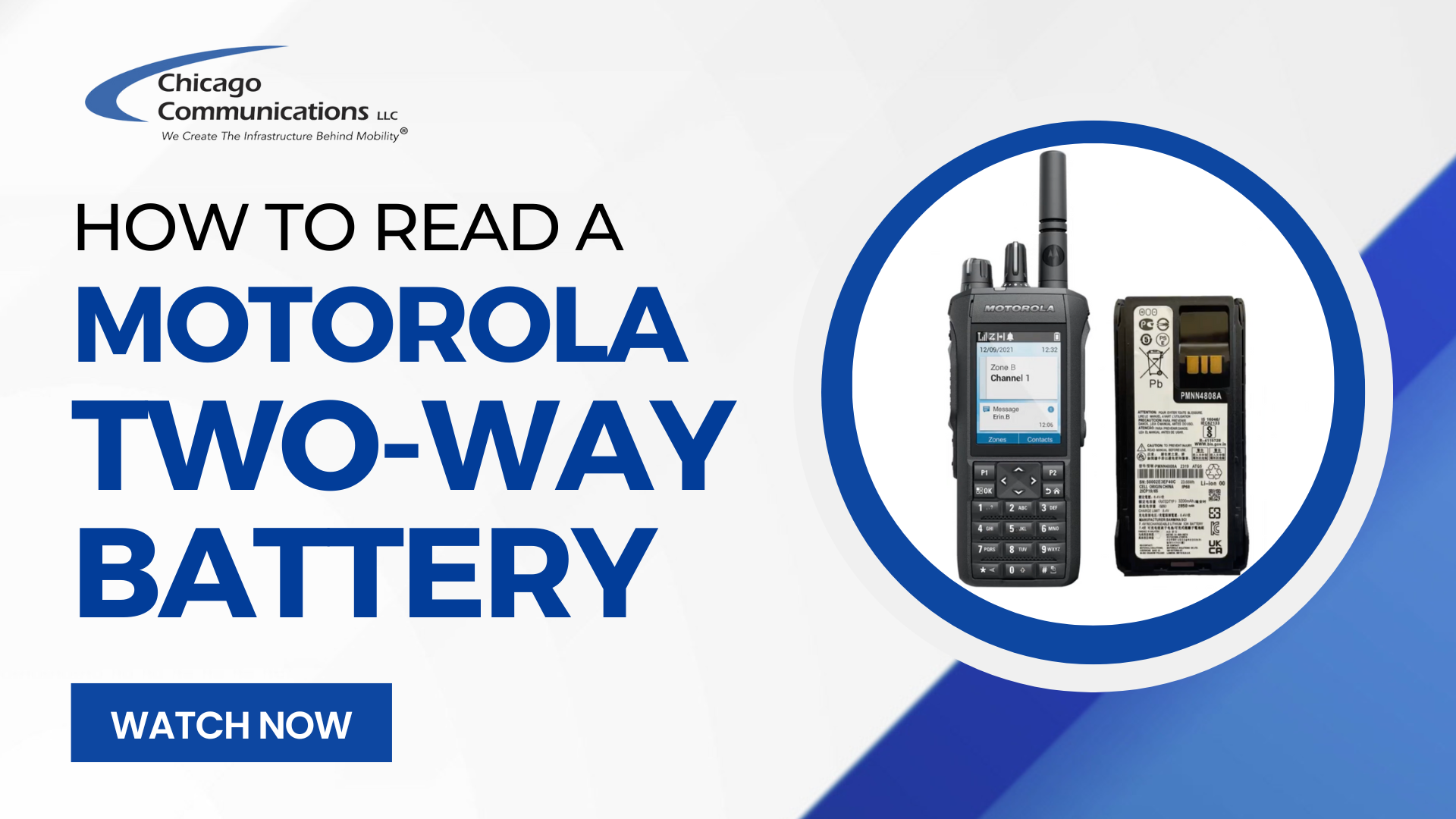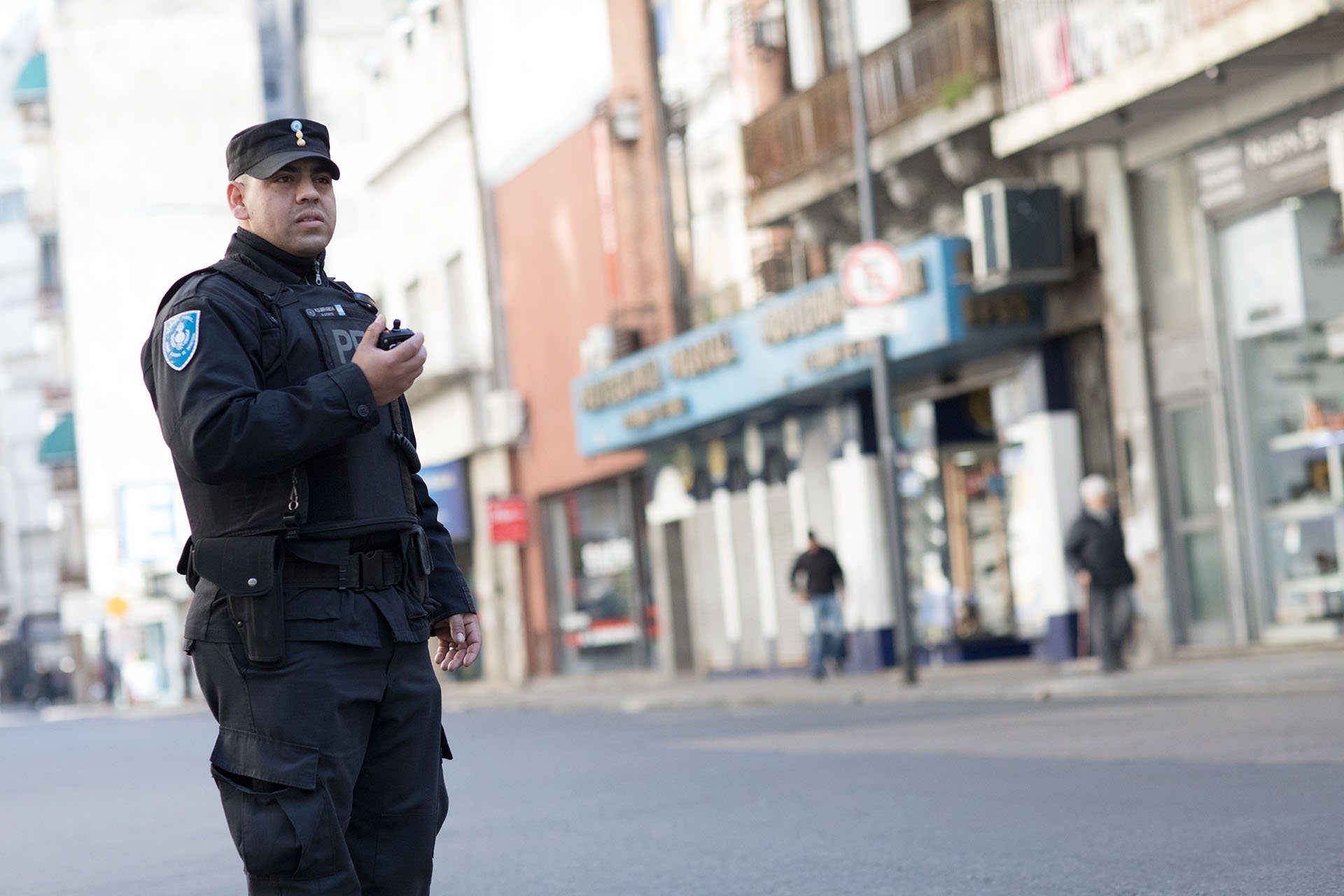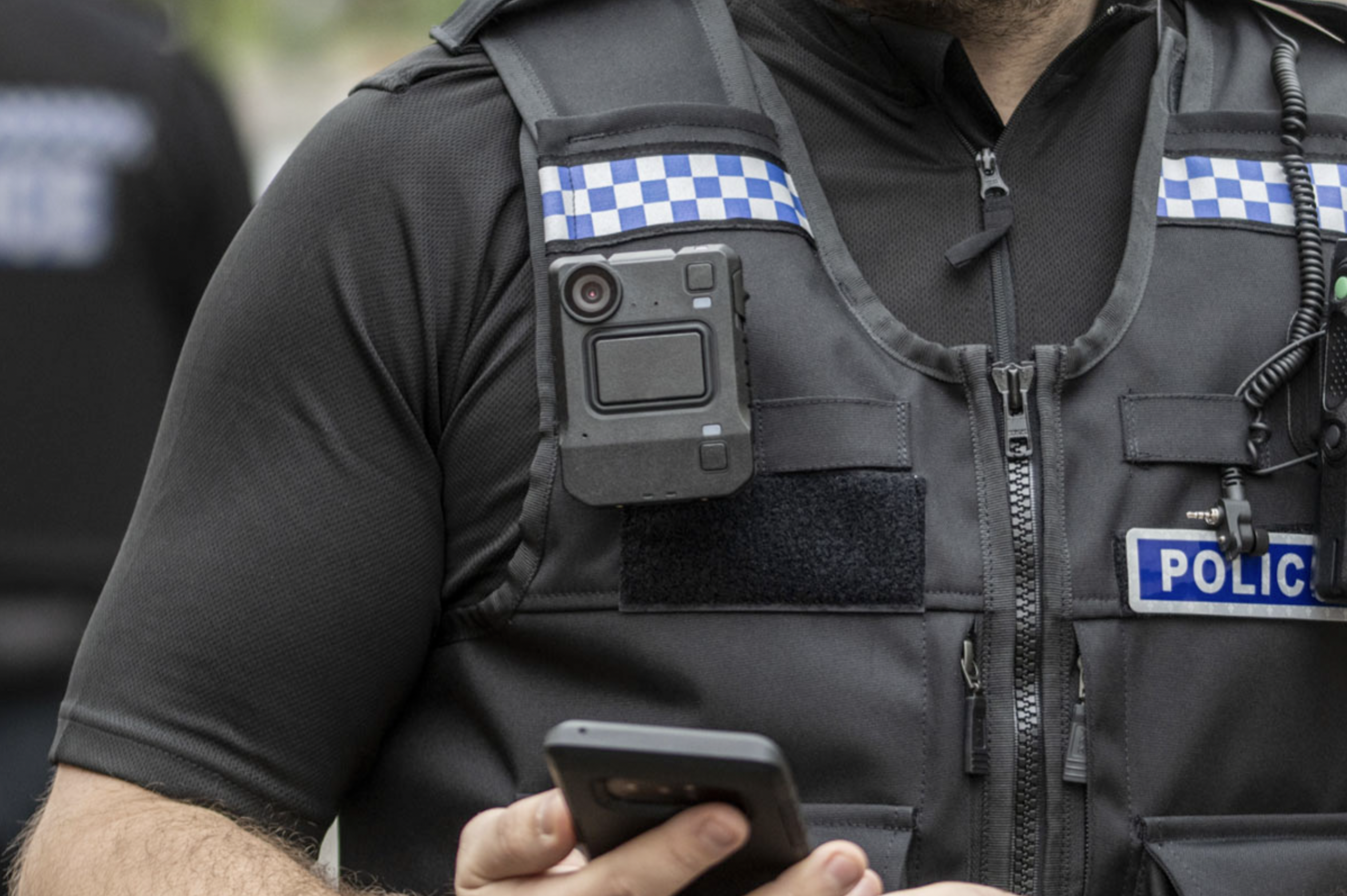In today’s world, where technology moves quickly, your business needs the best tools to stay safe and run smoothly. Safety and security systems are crucial for spotting issues, keeping everyone connected, and responding quickly to any problems. Unfortunately, many businesses struggle with old, disjointed systems that don’t work well together. This outdated approach can slow you down, cut into your productivity, and, most importantly, put your people and property at risk.











